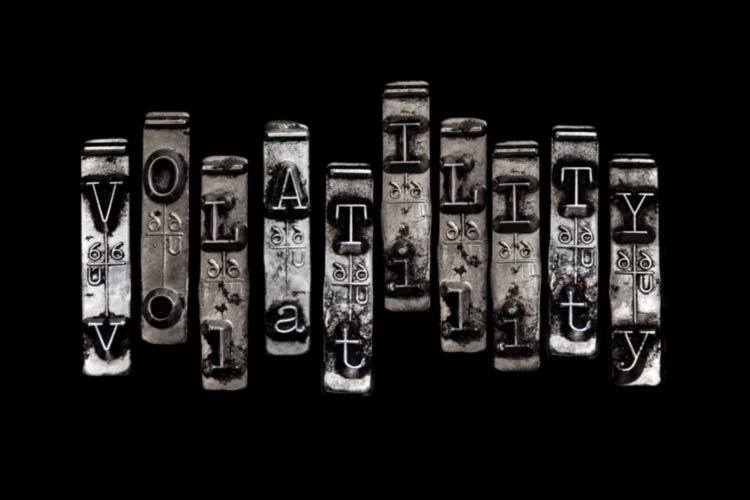
The VIX is exploring single-digit territory, as stock market indexes flirt with record highs
As the S&P 500 Index (SPX) and Nasdaq Composite (COMP) dance with
all-time highs, and with concerns about a right-wing French government -- and possibly a subsequent "Frexit" -- out of the way, the
CBOE Volatility Index (VIX) is on pace to end below 10 for the first time since before the financial crisis. What's more, a single-digit close for the VIX -- also known as the stock market's "fear gauge" -- today would send up a signal seen just four other times ever, according to data from Schaeffer's Senior Quantitative Analyst Rocky White.
Specifically, this would be the fifth time ever that the VIX has closed below 10 after at least a month above that level. The last time this happened was in January 2007, which marked the second time in two months for a signal, which also flashed in November 2006. The only other signals went off in January 1994 and December 1993.
(Editor's Note: This data previously excluded the 1993 signal, but has since been updated. We apologize for the inconvenience.)

We recently did a similar study of the SPX performance after a
VIX close beneath 10.50, which has historically preceded weaker-than-usual returns for the stock index. VIX closes in single-digit territory have preceded even more lackluster stock market returns, though the sample size is very small.
After the four previous VIX signals, the S&P was down, on average, at the one-week and one-year markers. In fact, the SPX has averages a one-year loss of 2.18%, compared to an average anytime gain of 8.58% for the broad-market barometer, looking at data since 1993. And while the index was positive at the one-, three-, and six-month points, the average returns are
much slimmer than usual. It's also worth noting that standard deviation is much smaller than usual after these signals, pointing to lower-than-normal volatility.

The VIX itself, on the other hand, has been higher at every one of the aforementioned post-signal benchmarks, looking at the "Percent Positive" columns below. The fear gauge averages much bigger-than-usual gains after these signals, more than doubling, on average, a year later. Of course, keep in mind that one year after the last signal -- in early 2008 -- the stock market wasn't faring so hot, with fear soaring in the face of the mortgage crisis.
